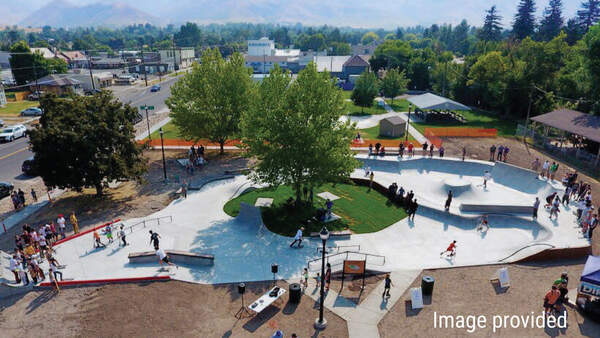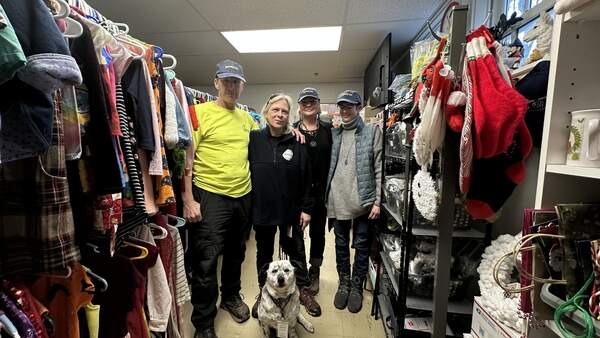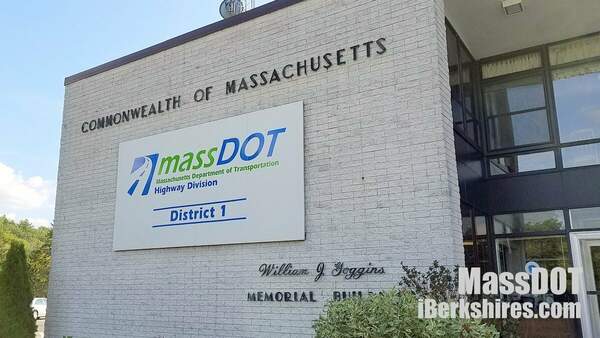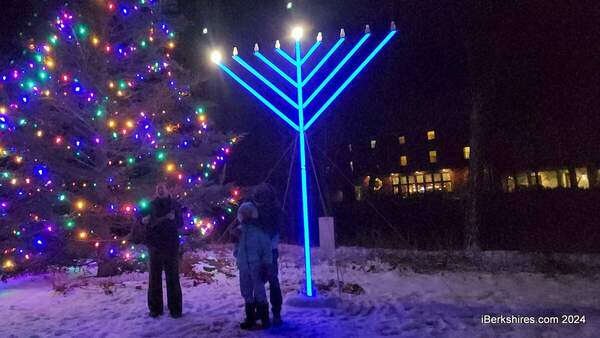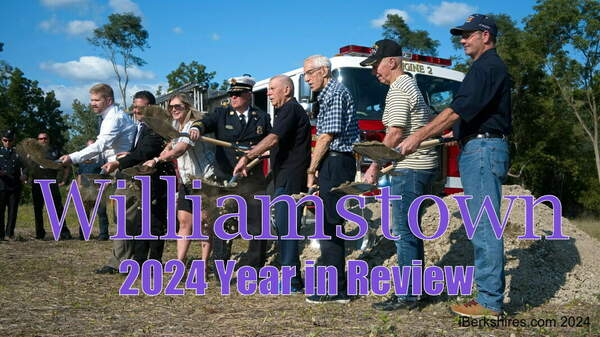
Williamstown ZBA OKs Photech Development, Hears Hotel Pitch
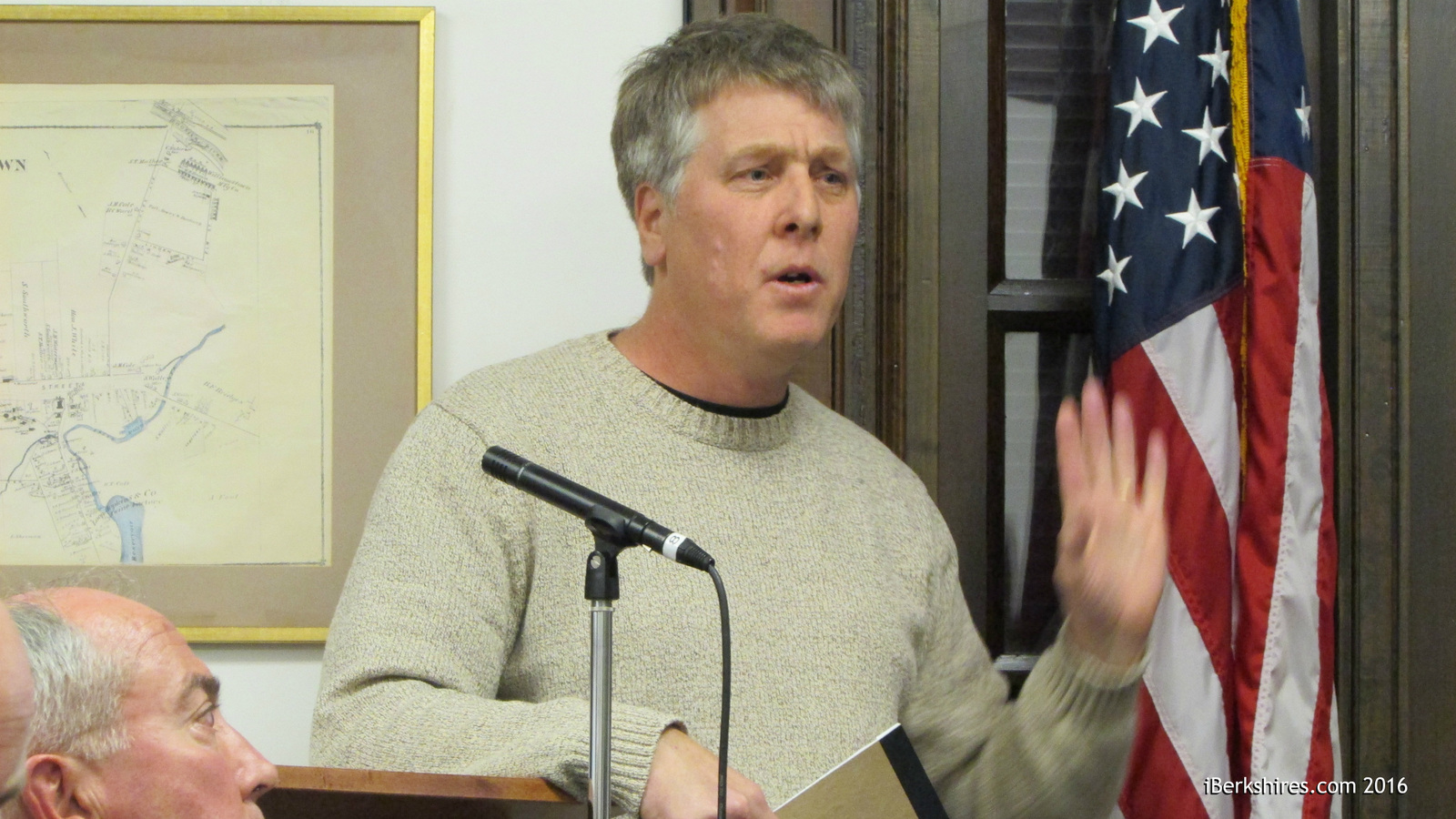
WILLIAMSTOWN, Mass. — The 46-unit affordable housing project on Cole Avenue cleared its final regulatory hurdle Thursday, but not until after a longtime advocate of the adjacent Mill Street neighborhood made a last-ditch effort to get the town to reconsider the development.
The Zoning Board of Appeals, in a 5-0 vote, OK'd a number of waivers to the town's zoning by-laws that clear the way for the 330 Cole Ave. development on the site of the defunct Photech mill.
Berkshire Housing Development Corp. of Pittsfield and Boston's Women's Institute for Housing and Economic Development sought the waivers under the commonwealth's Chapter 40B regulations, which allow projects to proceed that normally would run afoul of local zoning if those projects address affordable housing needs in towns and cities were less than 10 percent of the housing stock is subsidized and income sensitive.
Such is the case in Williamstown, where the most accurate calculations put the subsidized units at about 7.9 percent of the housing stock, according to Town Hall calculations.
The ZBA's blessing makes the Photech project essentially "shovel ready" and allows the developers to apply for federal low-income housing tax credits in February.
Kevin Kennefick of 308 Cole Ave. told the Zoning Board that while he is all for affordable housing, the town should not concentrate it in one corner of the community.
"When I was flipping through all these waivers, it's all about space, and I live in the most densely populated, lowest income neighborhood in town," Kennefick said. "I like my neighborhood. … It's not easy living in the town with the greatest income disparity in the state and you live in the poorest neighborhood."
Kennefick's impassioned plea came near the end of a 4 1/2-hour meeting that saw the ZBA consider two large-scale projects: a proposed three-story, 95-room hotel at the former Grand Union site on Main Street (Route 2) and the 46-unit Photech development, which would create one-, two- and three-bedroom housing both in the former mill building and a series of new structures on 5 acres.
The ZBA continued its hearing on the hotel proposal after hearing a number of concerns from the neighboring Colonial Village neighborhood. The board scheduled a site visit for Dec. 28 at 2 p.m. at 430 Main St. and planned to take up the project again at its Jan. 19 public hearing.
Kennefick asked the board to make a similar site visit to the Photech site before passing judgment on the developers' request for waivers.
"The pressure on my neighborhood is great and we need help," Kennefick said. "Every time I've asked for help, no one has shown up or walked the street with me or come up with suggestions. I offered to host in my home, a neighborhood meeting. There are people in my neighborhood who are single parents or elderly or live in wheelchairs. They can't come here tonight.
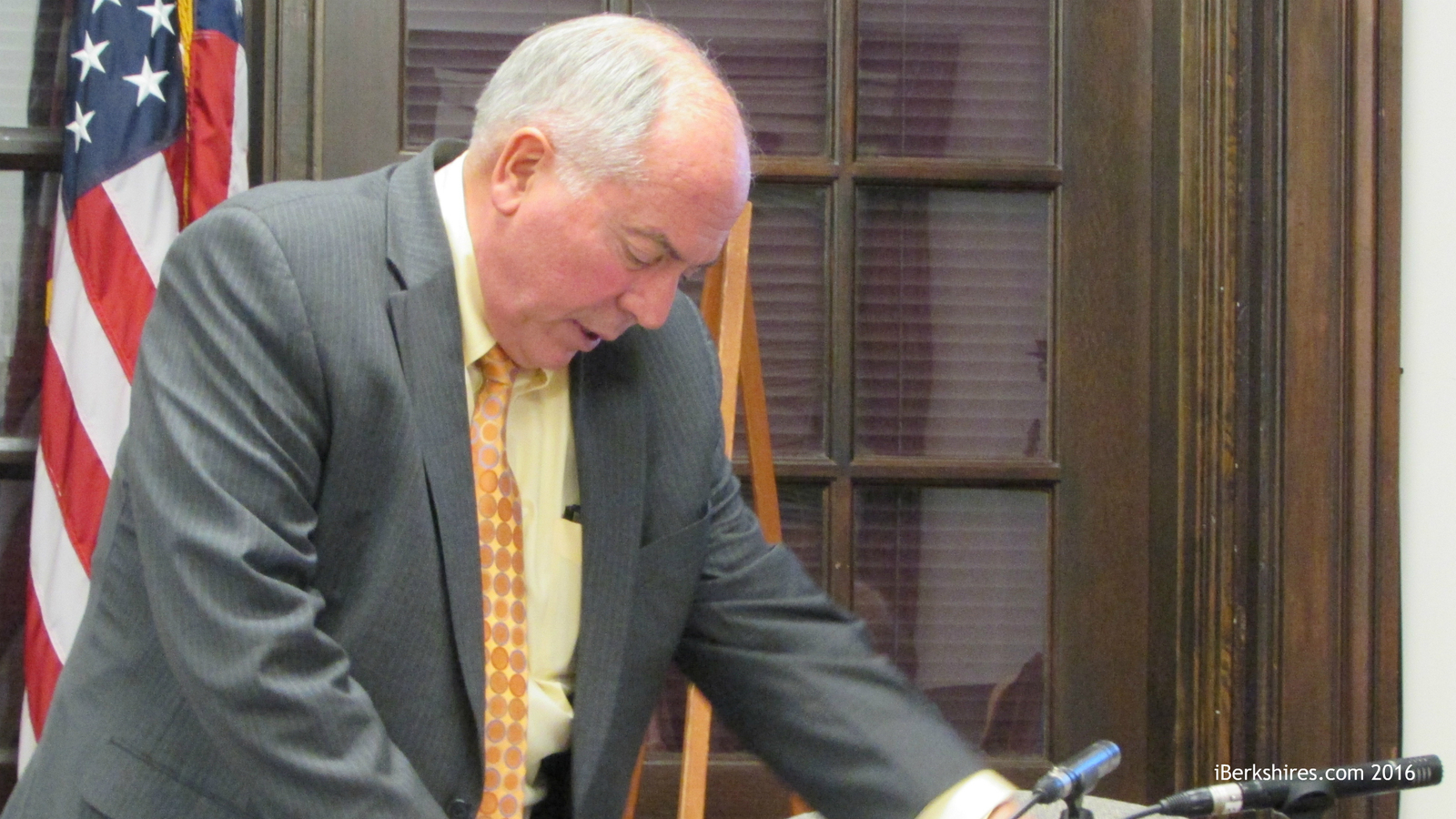
"That meeting in my house never happened. I emailed the town manager and the Affordable Housing Committee. They said, 'Oh, we'll do it in the fall,' and it never happened."
One exception to what Kenenfick characterized as indifference to the concerns of his neighborhood was Cathy Yamamoto, the former chairman of the Affordable Housing Committee. Kennefick took time on Thursday to acknowledge the fact that she did come and walk his neighborhood with him and listened to his thoughts, even though it was her committee that ultimately drafted the RFP that started the ball rolling to Thursday's hearing.
The Affordable Housing Committee under Yamamoto had advocated for an affordable housing development at the town-owned Lowry property on the south side of town. But after running into a brick wall of resistance from neighbors there, the committee shifted its focus entirely to two other town-owned lots: 330 Cole Ave. and 59 Water St., the former Town Garage site. The RFPs it issued for both properties encouraged developers to maximize the number of units on each; the Board of Selectmen ultimately gave the development job to the Berkshire Housing-Women's Institute partnership, which addressed only the former Photech site.
Kennefick, who has been a frequent participant from the floor of Town Hall meetings where the Photech project was discussed, again made the point that the only "sense of space" in the crowded, low-income Mill Street neighborhood comes from the now vacant lot at 330 Cole Ave.
Ironically, part of Kennefick's point about the cramped nature of the Mill Street neighborhood was made in the application from the 330 Cole Ave. developers.
In order to seek the waiver from the zoning bylaws, the developers made the point that the 46-unit development would never be possible under town code as written. In fact, at best, the developers might be able to squeeze 12 units on the lot if it followed the bylaws as written, engineer Charlie LeBatt of Guntlow & Associates told the board.
But even though the Photech property development would be far more dense than the bylaws allow, it is not as dense as the Mill Street neighborhood, which predates the town's zoning by-laws.
"The adjacent neighborhood has at least 11 units per acre," architect Kerry Dietz told the ZBA. "We're at nine units per acre. So we're less dense than the existing neighborhood."
Both Kennefick and the developers expressed sympathy for each other's position.
Kennefick said repeatedly that he respected the developers chosen for the project and thought they would do the best they could with the town-owned site they were offered. Project attorney Don Dubendorf told the ZBA that the developers did not choose to work on the Photech site; it was the Board of Selectmen, acting on the advice of the Affordable Housing Committee, that issued a 2014 request for proposals that Berkshire Housing and the Women's Institute answered.
"I understand [Kennefick's] argument, and that's an argument that should have been had with the Selectmen," Dubendorf said. "The applicant didn't make these decisions. The applicant was invited to respond to the RFP and had the proposal vetted by the Selectmen."
Regardless, Dubendorf noted, the concerns raised by Kennefick were not germane to the question before the ZBA: does the planned development address an identifiable affordable housing need and does it pose a "health and safety" threat to the potential occupants because of its non-conformity.
"It's a very strict test," Dubendorf said.
On the first part, the town has long recognized its deficiency in meeting the 10 percent threshold for affordable housing.
Dubendorf laid out the numbers for the board on Thursday night, starting with a state assessment that as of December 2014, the town had 5.3 percent of its housing stock classified as affordable. That picture has changed a bit since then, largely because of the loss of more than 200 residences with the closure of the former Spruces mobile home park.
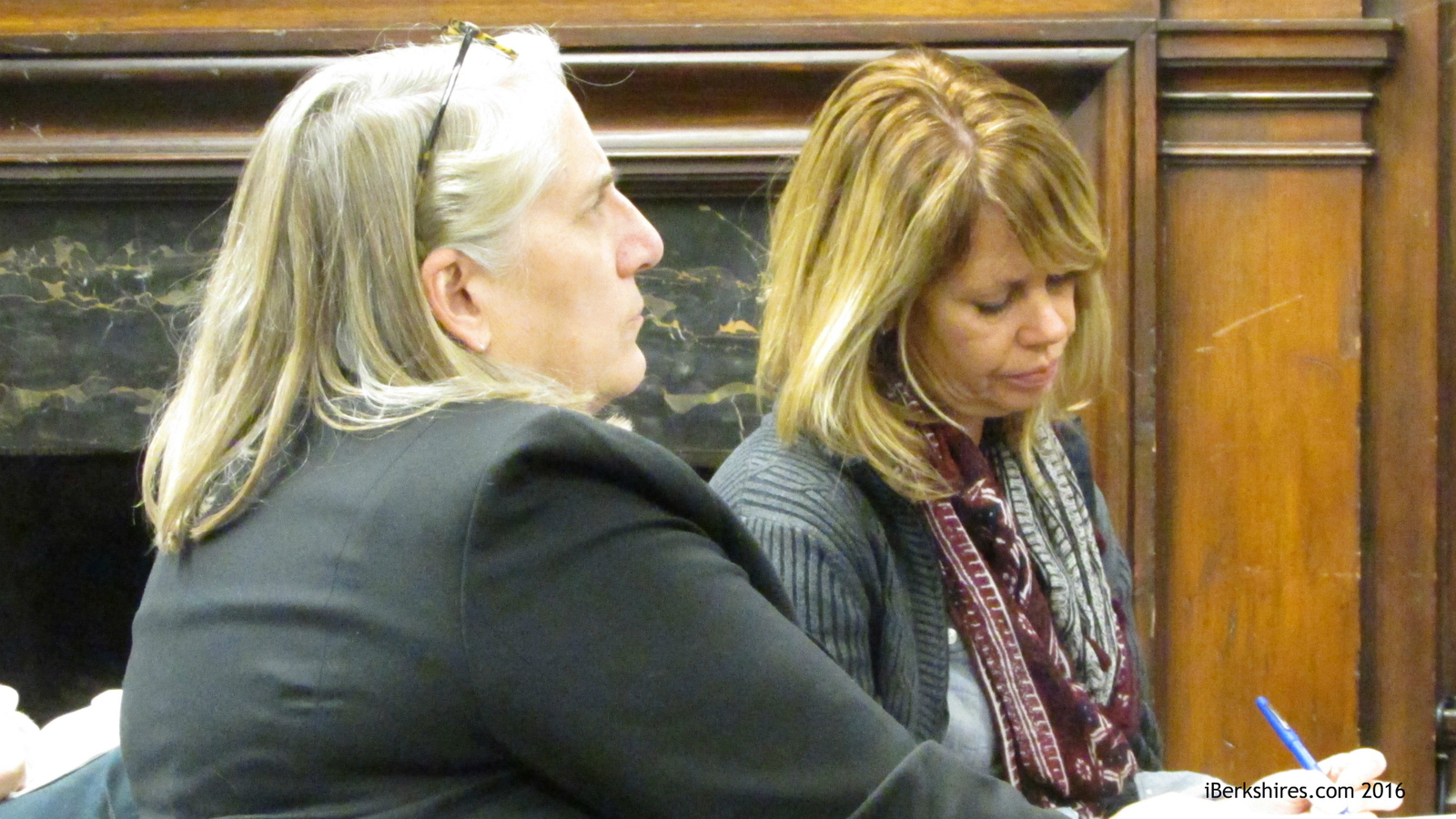
Ironically, although those homes were an affordable alternative for the seniors who lived there, the park's closure actually brought the town closer to the 10 percent threshold because the mobile home park sites were not subsidized by taxpayer dollars, not regulated for income sensitivity and, therefore, not "affordable" as the term is used bureaucratically.
That said, the town still fails to meet the 10 percent mark that prevents Chapter 40B developments.
"Assume all of the Spruces was not affordable," Dubendorf said. "That's not true, but we made that assumption and took that out of the denominator [i.e. the total housing stock] To the numerator, we added Highland Woods and the 13 [income sensitive] units from Cable Mills. To the denominator, we added 61 units from Cable Mills and six units for [an apartment house on North Street].
"With all that, we're at 7.9 percent."
If the town's ZBA had rejected the waivers required to allow the development under Chapter 40B, the applicants likely would have appealed the decision to the commonwealth's Housing Appeals Committee, a division of the Executive Office of Housing and Economic Development created to resolve such conflicts. That committee's mission is to "carefully balance the need for such housing and legitimate local concerns-planning, environmental, open space, design, health, safety, and other local concerns."
Kennefick recognized that some of the issues he raised were not appropriate to the ZBA, and he thanked Chairman Andrew Hoar for giving him the floor to raise them. He told the board that he always had been supportive of development on the town-owned former mill site next door to his home. That is, he was in favor of every development proposal until the current project.
"No one said tonight that 46 units is too many," said Kennefick, who addressed the board toward the end of its hearing. "I think this developer is a quality developer, but I think this development is a huge mistake.
"The 'Village Beautiful' is beautiful everywhere but here? Is that what we're doing? … I know [the developers] are trying to hit a February deadline to get financing. I get all that. But this is a huge mistake for the town. We should take time to think about it.
"You're asking way too much of us and way too much of this piece of land."
Tags: affordable housing, Photech, ZBA,

